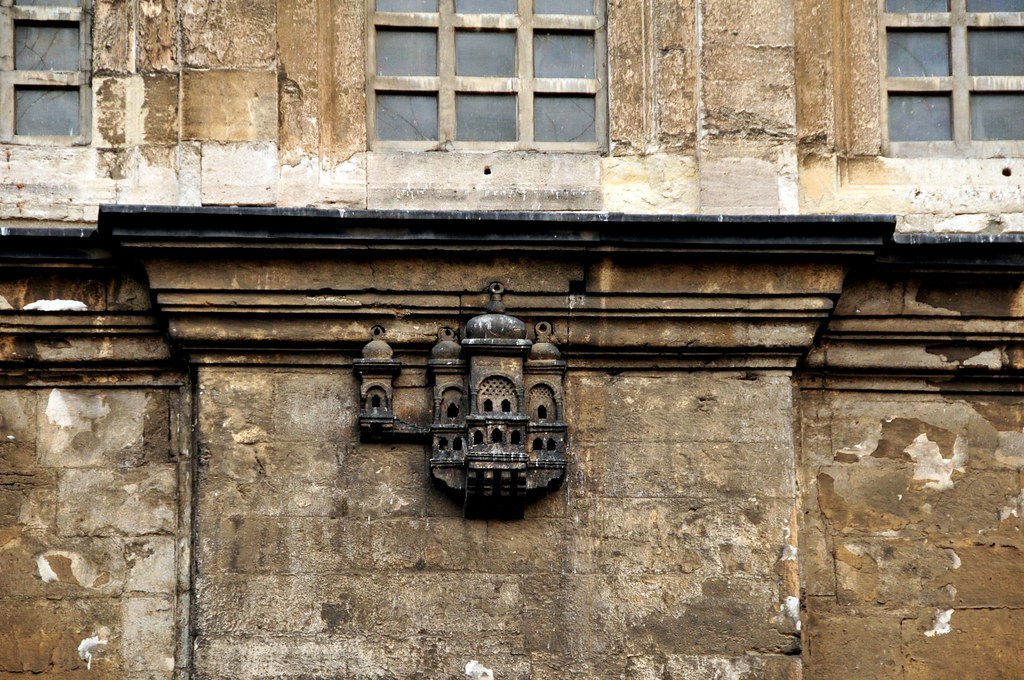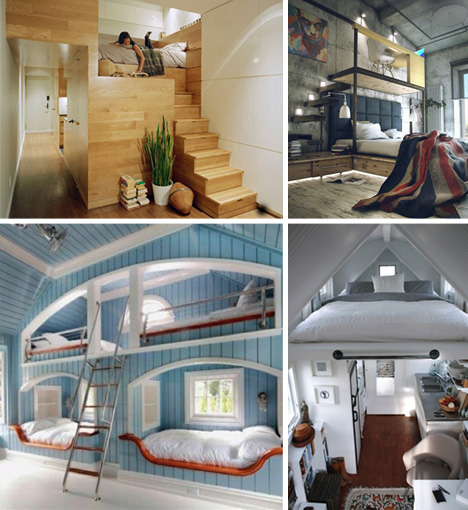
Photography: Star Rush
For most photographers, the lens on a smartphone is a fun toy. It provides a way to capture a moment — a moment to which they hadn’t brought their DSLR — and it lets them share those snaps with friends and family. But it’s not a real camera. It’s not a device that they would use to shoot for a client or to create the kind of art that they’d expect to see in an exhibition or hang in a gallery. For other photographers though, an iPhone or Android is more than a telephone with some basic imaging capabilities; it’s their main tool, their go-to device for capturing landscapes, people and scenes… and the device they use to create the kinds of pictures that end up on gallery walls and win cash prizes in prestigious competitions.
Star Rush, a Seattle-based street and documentary photographer, has been shooting as a “serious hobbyist” for more than twenty years. She now focuses on mobile photography and last year founded Lys Foto, an online magazine that showcases images captured on mobile phones. Her own work has been displayed in solo exhibitions in Seattle and she’s contributed to group shows in London and Rome. Her 20-photo solo show is currently in preparation for the City of Edmonds Arts Commission in 2014. While the venues and publications that have shown her photos were not exclusive to mobile photography, all of the work was captured using an iPhone 3GS or an iPhone 5.
The Device Determines the Picture
Star’s shift towards mobile photography was inspired by her desire to see what a simple, utilitarian device would do for her photography, to discover what she could create and capture with a fixed lens, fixed aperture and limited exposure meter. The basic editing and sharing functions built into the device were also an attraction, allowing her to shoot, process and publish her imagery quickly and easily.
Asked about the advantages of mobile cameras over traditional cameras, Star listed nine benefits that included accessibility; integrated capture, edit and share functions; simplicity; access to the work of other photographers; reduced clutter; the focus on composition; and fun. All of them, she argues, change not just the way the picture is made but the picture that the photographer produces.
“In the end, it’s all photography, isn’t it?” she says. “The photo is a photo. But the medium and process by which one captures and makes that photo is going to differ and often the medium can impact the process — this is where mobile is different. So, for me, I use a smartphone because the best camera is the one you have with you, as Chase Jarvis has said.”
Star describes mobile photography as “connected photography,” emphasizing a mobile device’s ability not just to always be on the scene but to be connected to other photographers. She uses three photographic social media platforms and notes the difference between the communities found on each of them — and the cultures those communities have created.
Flickr, says Star, is still best used on the desktop and has the most effective tools for photo management. She uses the site to see and communicate with a wide variety of photographers, to access a broad range of different kinds of images and film, both mobile and traditional, and as an off-site back-up for all her photography. Unlike other social media sites, she notes, Flickr is entirely image-based with users sharing little text-based news or other information at all.
Google+ Star describes as a cross between Flickr and Twitter, despite its apparent attempt to compete with Facebook. She contributes to the site because of the diverse photographers in its community and sub-communities. The platform is also useful for building a personal brand.
“The site dynamics are such that an active stream with engaged followers does positively impact search rankings and other matrix, such as visitors to my own personal blog,” she says.
Star has also been active on EyeEm, a Berlin-based service that started when mobile photography was primarily part of the underground art scene. The community, she says, is image-centric rather than social media-centric. Its users are engaged and the quality of the images is high.
“Sometimes communities overlap among these three, but not that much really. So being involved in each permits me to extend my reach and engage followers from a wide spectrum of the photography world in a regular way. It’s rewarding as a photographer to see diverse images so regularly and to communicate with those who create them.”
No Instagram
Star’s following is large enough for her to receive frequent requests to test or join new apps, but one app she’ll no longer use is Instagram. She left during the debacle over their terms of service and hasn’t been back since. The platform, she argues, is not about photography but is an “image-centric social media tool” with too many false accounts and spam, and too little management. “Serious photographers,” she argues, don’t use Instagram’s filters. The service has developed into a network that competes with Twitter, rather than a photographic tool that can push photographers in new directions.
Star Rush does not describe herself as a professional photographer. (She teaches composition and rhetoric at Cornish College of the Arts.) Although she can see the benefits of mobile photography for photojournalists who can use a device that’s light, agile and connected, she concedes that commercial photographers will find the limitations more restrictive. A smartphone might be useful for test shots, for off-site client reviews and as a replacement for the old Polaroid but few commercial photographers will be swapping their Nikons for their iPhones.
“My thinking is this, if you were going to use a point-n-shoot in a commercial job, then sure, you’d use a mobile device. If you were never going to use a point-n-shoot, then you’re never going to use a fixed lens, fixed aperture, limited exposure meter mobile phone in a commercial job as the primary camera.”
Unless, of course, the photographer is switching to street shoots, documentary images and art photography. In that case, they might well find they’re able to conveniently shoot photographs that end up in solo exhibitions and winning awards.

Photopreneur – Make Money Selling Your Photos









































You must be logged in to post a comment.